Learning Piano
Mastering Piano Notes and Finger Placement, Including Sharps and Flats
Mastering Piano Notes and Finger Placement, Including Sharps and Flats
Mastering the piano might seem daunting, but with a few straightforward strategies, learning becomes significantly more manageable.
Learning by Ear
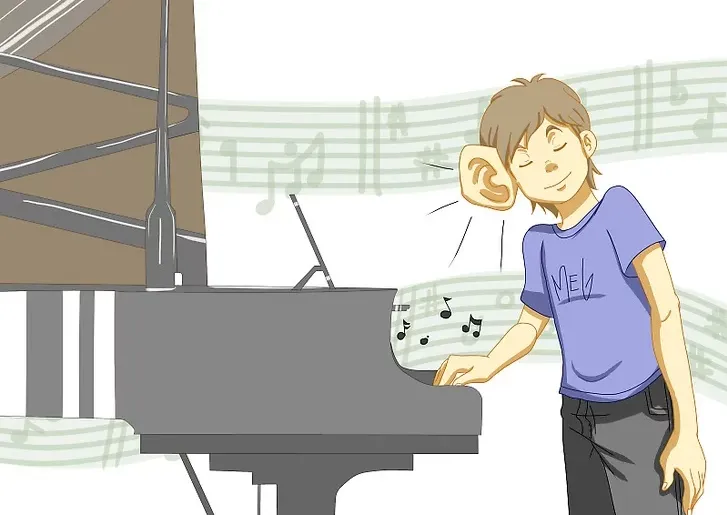
- Secure a Tuned Piano: This step is crucial for ear training, ensuring you can apply what you learn on any piano seamlessly. If a tuned piano isn’t available, you can still proceed, though transferring your skills to another piano might be more challenging.
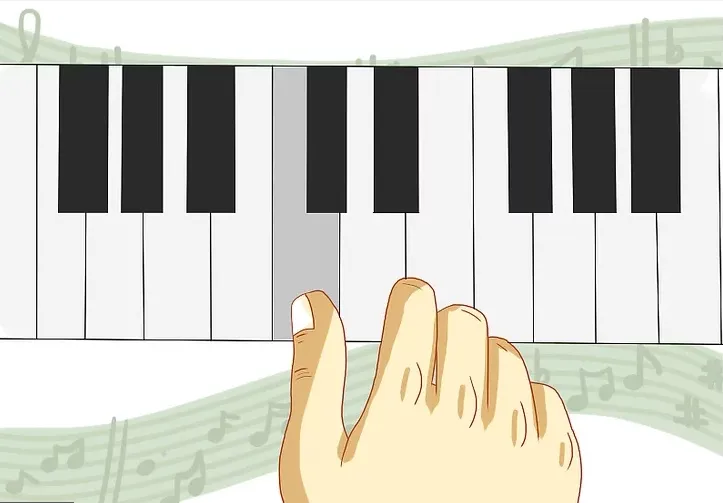
- Start with Middle C: Using an app or online resource, familiarize yourself with the sound of middle C and locate it on your piano, placing your right thumb on it. This is foundational for understanding basic piano fingering.
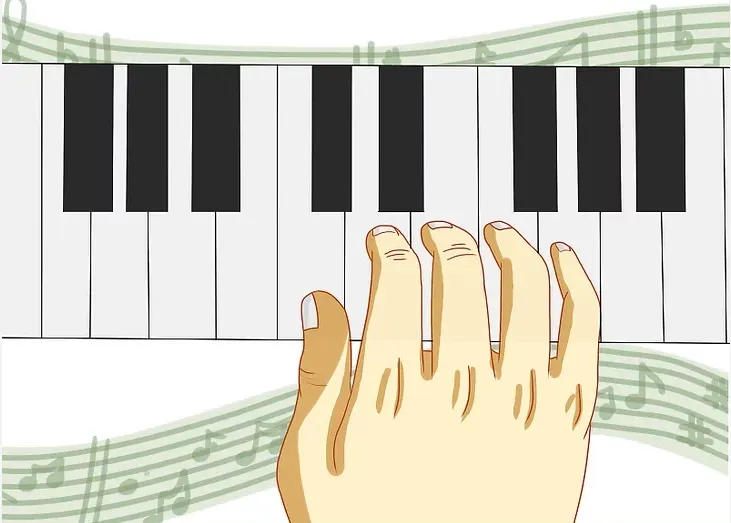
- Natural Finger Placement: Allow your other fingers to rest naturally on the keys.
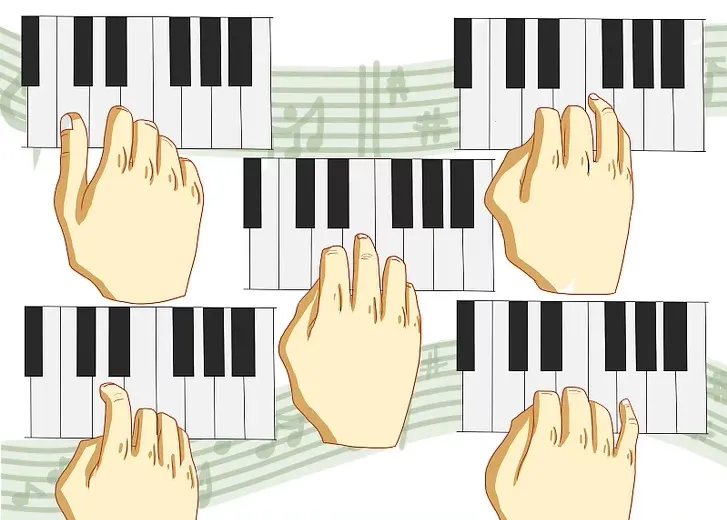
- Explore Different Notes: Begin practicing various notes using your right hand’s fingers. Initial difficulty is normal, but with practice, your fingers will strengthen and memorize their positions more easily.
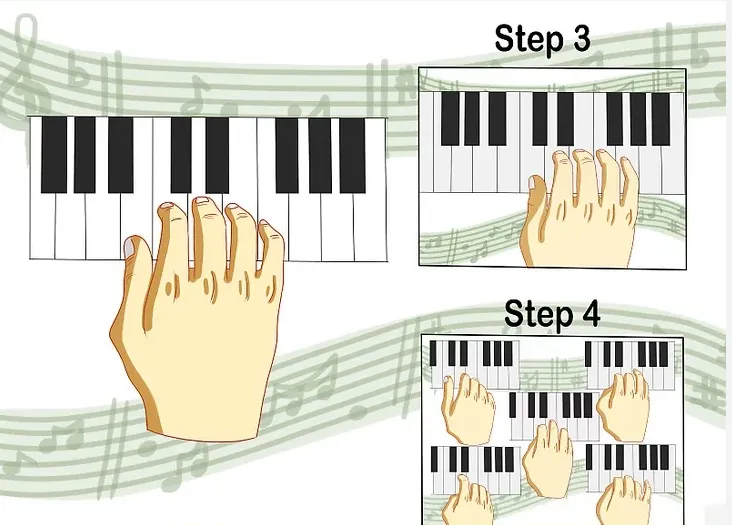
- Practice Hand Movement: Learn to comfortably move your thumb and subsequently your hand to familiarize yourself with all the notes.
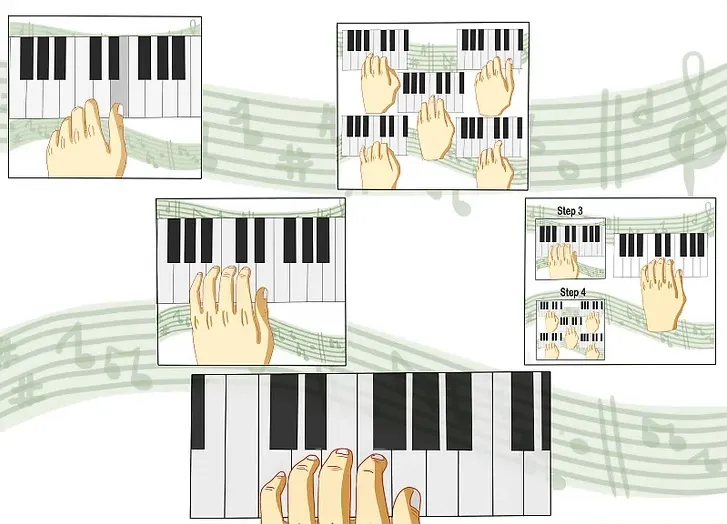
- Apply to Your Left Hand: Mirror steps 2-5 with your left hand, starting with your thumb on the G below middle C.
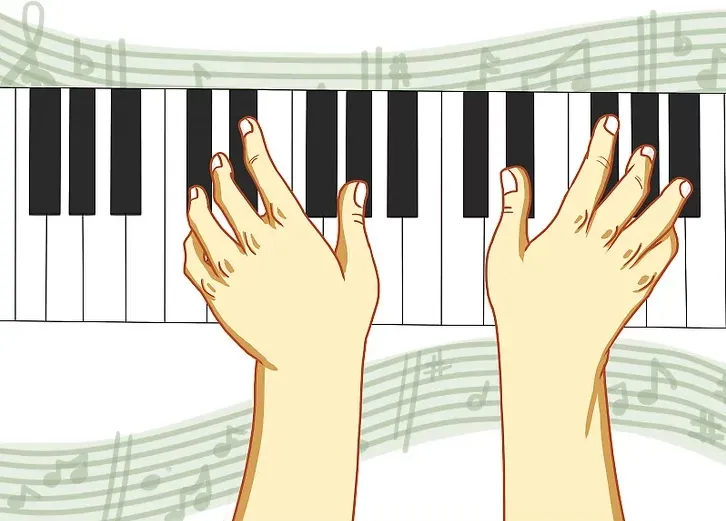
- Incorporating Sharps and Flats: For black keys, adjust your fingers to the black keys where they naturally fall and repeat the practice steps.
Learning by Sight 
- Piano Access: This method is beneficial if you’re unsure about your piano’s tuning.
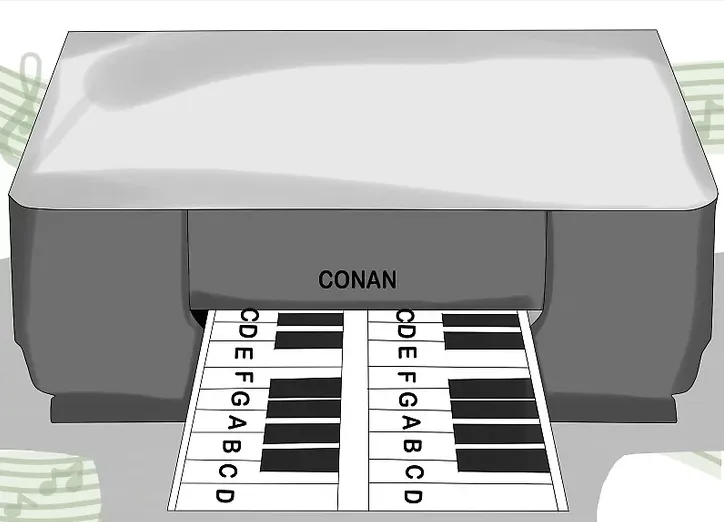
- Keyboard Guide: Use a printed keyboard layout with labeled keys (C through B) for reference.
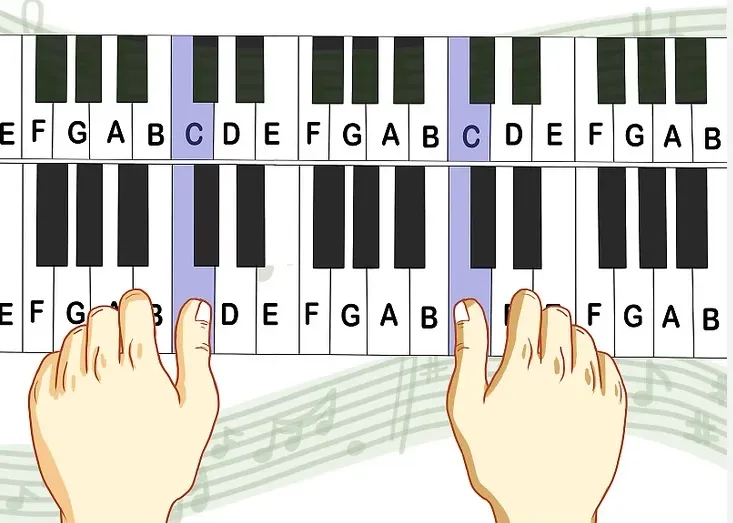
- Identify Middle C: Position your thumb on the C key as indicated on your guide.
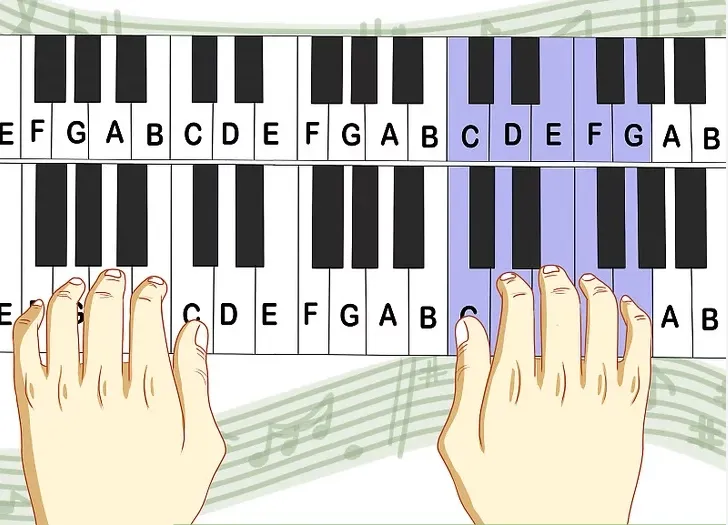
- Finger-to-Key Alignment:
- Index finger on D.
- Middle finger on E.
- Ring finger on F.
- Pinky on G.

- Build Finger Strength: Practice playing these notes, including skipping notes and forming words.
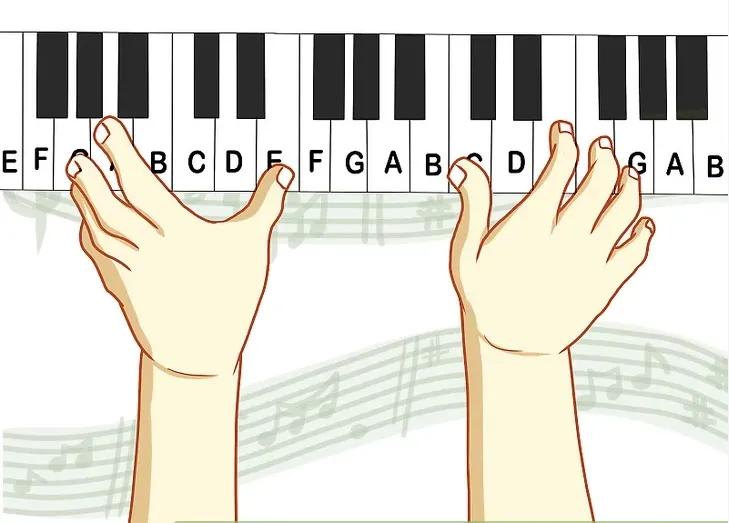
- Shift Fingers: Maintain the five-finger note stance while exploring different positions.
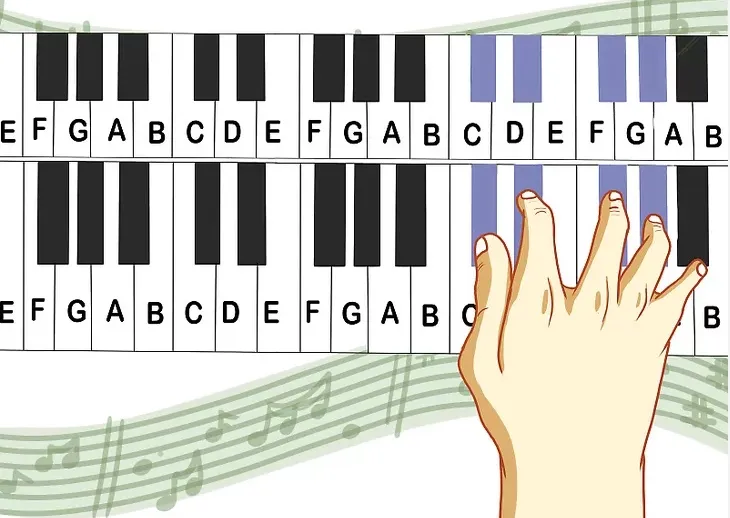
- Playing Black Keys: Assign your fingers to black keys as follows:
- Index finger for the sharp/flat between C and D.
- Middle finger for the sharp/flat between D and E.
- Ring finger for the sharp/flat between F and G.
- Pinky for the sharp/flat between G and A.
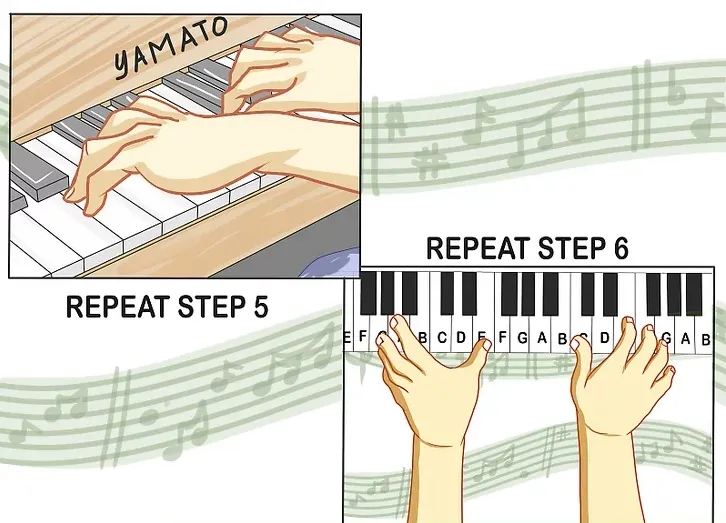
- Repeat with New Positions: Continue practicing with these new notes, enhancing familiarity and dexterity.
With patience and practice, these steps will guide you through mastering piano notes, finger placement, and the subtleties of sharps and flats.”
